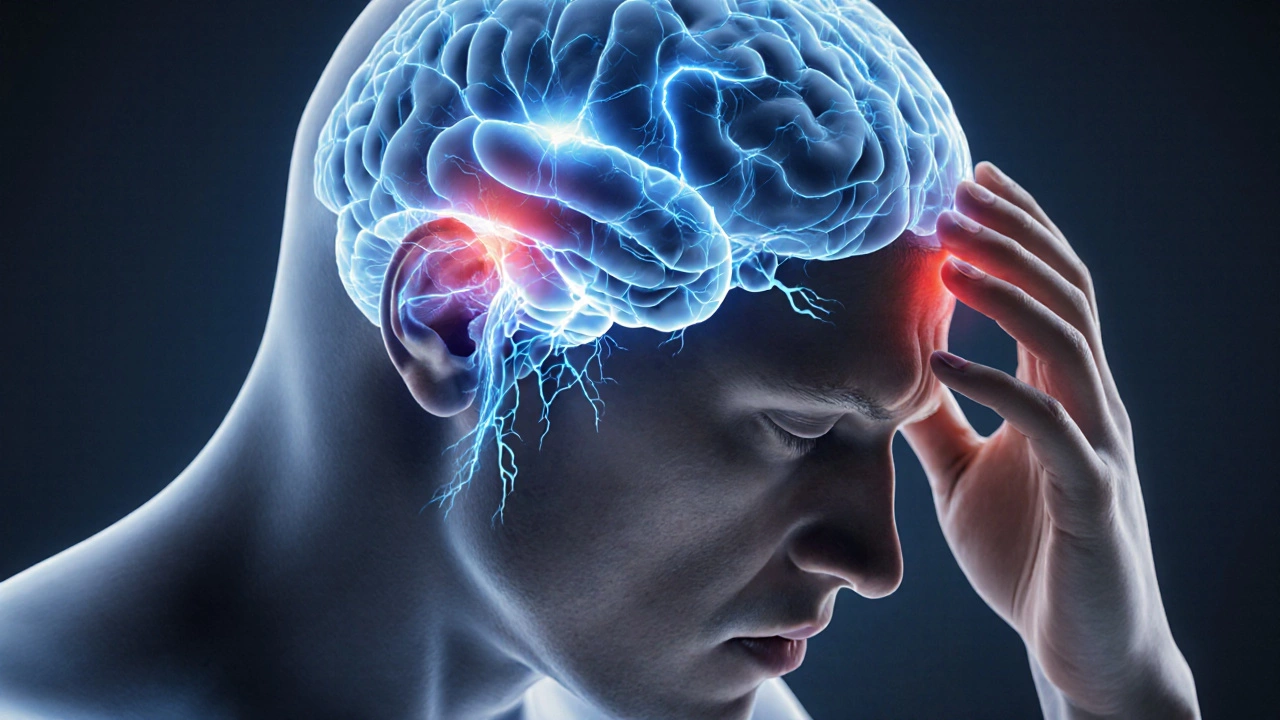Emergency Pain: Immediate Relief and Care
When you experience Emergency Pain, a sudden, intense discomfort that signals an urgent medical issue. Also known as acute pain, it often requires prompt attention to avoid further injury or complications. Emergency Pain can strike from a sprain, a dental abscess, a kidney stone, or a severe headache, and it usually comes with warning signs like sharp intensity, rapid onset, and difficulty moving.
Understanding how Chronic Pain, persistent discomfort lasting longer than three months differs from emergency scenarios helps you decide when to call a doctor versus when to manage at home. While chronic pain often builds slowly and may be managed with long‑term therapies, emergency pain flashes up quickly and can indicate a serious underlying condition. Recognizing that distinction saves time and reduces the risk of overlooking a critical problem.
Another common culprit is Nerve Pain, sharp, shooting sensations caused by nerve irritation or damage. Nerve pain can masquerade as an emergency when it spikes, especially in cases of sciatica or trigeminal neuralgia. Knowing that nerve pain often responds to specific treatments—like anti‑inflammatories, topical creams, or nerve‑blocking medications—lets you act faster and more accurately.
Speaking of treatments, Pain Relief Medication, drugs ranging from over‑the‑counter NSAIDs to prescription opioids plays a pivotal role in managing emergency situations. For mild to moderate emergency pain, NSAIDs such as ibuprofen or naproxen can reduce inflammation and ease discomfort within an hour. Severe cases might need stronger agents, but those come with risks and should only be used under medical supervision. Matching the right medication to the type of pain—whether it’s muscular, inflammatory, or neuropathic—creates a faster path to relief.
Why Prompt Action Matters
Emergency pain encompasses sudden, high‑intensity symptoms, demands immediate assessment, and often requires targeted medication. It influences how you prioritize care, steering you toward urgent clinics, emergency rooms, or tele‑health services for rapid diagnosis. When you combine quick self‑care—like applying ice, elevating the affected area, or taking a suitable NSAID—with professional evaluation, you cut down the chance of complications. In many cases, early intervention also prevents the pain from becoming chronic, illustrating how acute management can shape long‑term health outcomes.
Below you’ll find a curated selection of articles that break down everything from the best moisturizers for sensitive skin (because irritated skin can amplify pain) to detailed guides on chronic pain signs, nerve pain relief, and the latest pain‑relief tablets. Whether you’re looking for DIY first‑aid tips, medication advice, or deeper insight into when to seek emergency care, the posts ahead give you practical, up‑to‑date information to handle pain fast and safely.

Unbearable Pain: Immediate Relief Steps & Long-Term Management
Learn fast actions, medication tips, and long‑term strategies to handle unbearable pain safely and effectively.
© 2025. All rights reserved.